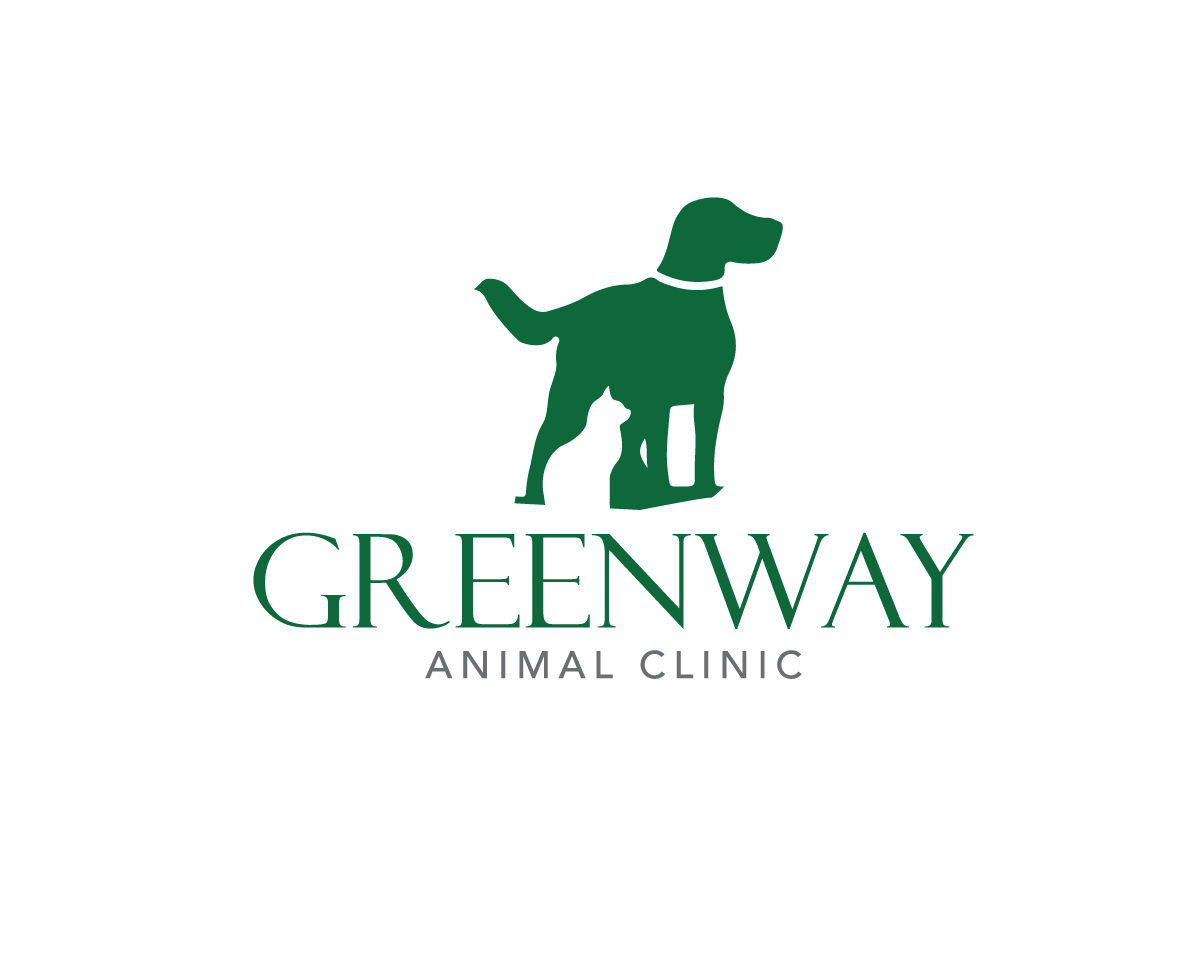Pet Health Library
-
The most common flea found on cats and dogs is the cat flea. Many cats live with fleas but show minimal signs. Eradicating fleas can be a demanding task, with the cat and home both requiring treatment. Using a flea preventive can be easier than treating the problem once it has developed. It is important to use products made specifically for cats, as products intended for dogs or other animals can be very dangerous for cats.
-
This is one of many similar tumours that arise by disordered growth of the hair follicles. These tumours are almost all benign and can be permanently cured by total surgical removal.
-
Raising an orphaned kitten can be a rewarding experience. However, kittens are very fragile, and raising them can be difficult, time consuming, and not always successful. Included are basic considerations and frequently asked questions in regards to hand rearing kittens.
-
The harvest mite (Trombicula autumnalis) is a mite the larval stage of which causes considerable discomfort to cats and dogs during the late summer and autumn. The mite is not common in Australia and only rural cats are usually affected. The fluid injected by the mite is very irritant causing the cat to scratch, bite and lick which may result in extensive self-inflicted injury. Your vet will give you appropriate treatment.
-
Heart disease can be divided into two groups, congenital and adult onset forms. In congenital disease the defect is present at birth. The cause of most types of adult onset heart disease is unknown. Heart disease is relatively common in cats, and treatments will depend on the cause of the problem.
-
Hypocalcaemia is a term that refers to low blood concentrations of calcium. Calcium is an important electrolyte (chemical) within the body, and is needed for normal function of muscles and nerves.
-
Indoor marking behaviour can be confused with a breakdown in toileting behaviour.
-
Tapeworms and roundworms are two of the most common intestinal parasites of cats. Tapeworms are long flat worms composed of many individual segments whereas round worms are much shorter and have rounded bodies.
-
Tumours of the intestinal epithelial lining include non-cancerous polyps, benign adenomas and malignant epithelial tumours (adenocarcinomas).
-
The term jaundice describes a yellow discoloration of the skin. This can most easily be appreciated by looking at the whites of the eyes, and the mucous membranes (ie the third eyelids and gums).

